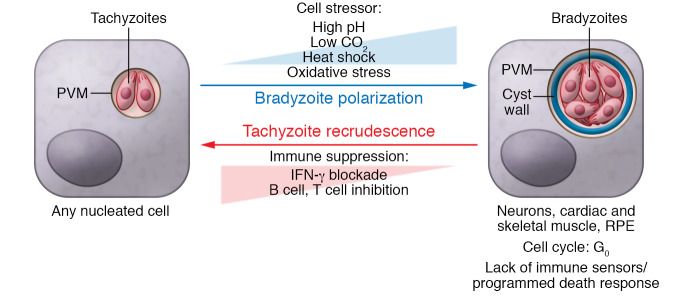Figure 3. Environmental and host cell–specific pressures driving the T.
gondiitachyzoite to bradyzoite transition. Left: T. gondii tachyzoites can invade almost any nucleated host cell type and grow within the PVM formed from host plasma membrane. In vitro, a range of tissue culture stress conditions can upregulate bradyzoite-specific genes. As parasites polarize to a bradyzoite transcriptional profile, they synthesize a heavily glycosylated cyst wall beneath the PVM. The frequency and rate of bradyzoite differentiation are also influenced by the host cell type, cell cycle status, the host cell lifespan, and inflammatory signals in vitro. In vivo, cysts are most frequently observed in neurons, cardiac muscle, skeletal muscle, and retinal pigment epithelial cells. If the host is immune-suppressed, parasites shift toward a replicative tachyzoite form in a process referred to as recrudescence, which is associated with tissue damage, particularly in the eye.

